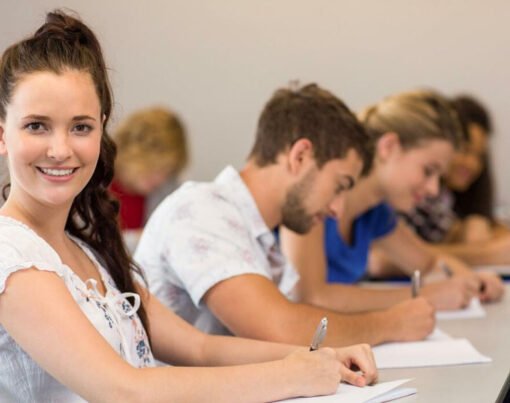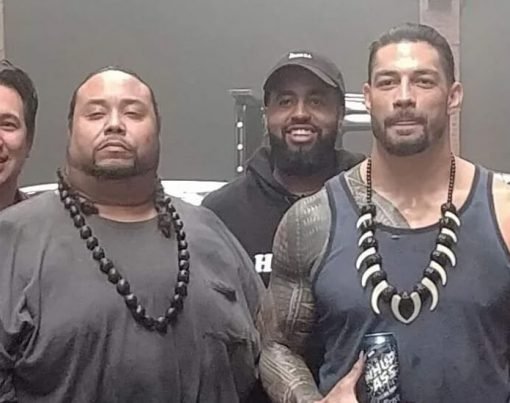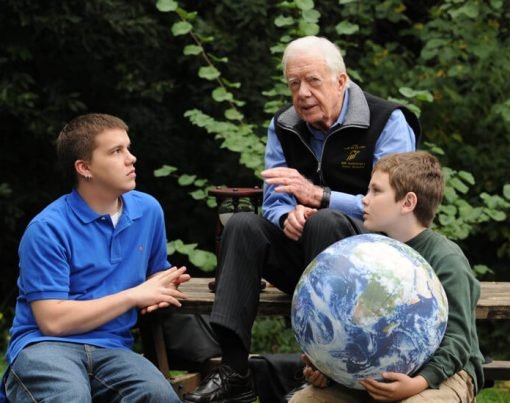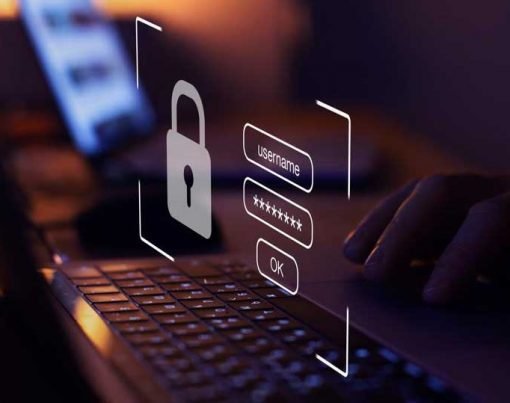Piano Pedagogy in the era of technology is all about blending the timeless art of teaching piano with the exciting possibilities of modern technology. In today’s world, learning and teaching piano isn’t just about sitting at a grand piano with sheet music; it’s also about tapping into a world of digital tools and online resources.
Imagine a piano lesson where you’re not just hitting the keys, but also interacting with a colorful app that shows you how to play a tune. Or picture learning a complex piece of music not just from a book, but by watching a video tutorial or playing a game that makes mastering those tricky chords feel like solving an exciting puzzle.
Teachers now have the coolest tech tools at their fingertips, like apps that can listen to students play and give instant feedback, or software that turns a complex music theory lesson into an interactive adventure. And for students, whether they’re in the same room as their teacher or halfway across the world, the digital age means they can learn and practice piano in ways that are engaging, flexible, and fun.
Table of Contents
Online Piano Communities: Fostering Connection and Collaboration
Online piano communities have become vibrant hubs where pianists, learners, and enthusiasts converge, transforming the way we think about learning and playing the piano. These communities, often springing up around online piano lessons, offer a platform for individuals to share their progress, exchange tips, and even collaborate on musical projects.
They provide a sense of belonging and support that can be especially encouraging for those taking effective online piano lessons, creating an environment where feedback, motivation, and diverse musical perspectives thrive. Whether it’s through forums, social media groups, or interactive learning platforms, these communities are fostering a new, collaborative spirit in the world of piano learning.
Tailoring Lessons to Individual Learning Styles in the Digital Era
In the digital era, the personalization of online piano lessons has revolutionized how we approach piano pedagogy. With an abundance of resources and tools available, instructors are now able to tailor online piano lessons to suit individual learning styles, making the learning process more effective and enjoyable.
Whether a student thrives on visual aids, interactive games, or structured exercises, the digital format allows for a customized learning experience. This flexibility not only accommodates different preferences and speeds of learning but also keeps students engaged and motivated, as lessons can be adjusted to meet their unique needs and interests. The result is a more dynamic and responsive approach to piano education, one that acknowledges and nurtures the diverse ways in which people learn.
Technology Integration for Creative Expression in Piano Education
The integration of technology in piano education has indeed been a driving force in enhancing creative expression. With the advent of digital tools and online resources, there are now more ways than ever for students and educators to explore, create, and share music. Here’s how technology is propelling creativity in piano education:
- Broader Sonic Palette: Digital pianos and synthesizers offer a range of sounds and effects that go beyond the acoustic piano. This expanded sonic palette allows students to experiment with different styles and sounds, sparking creativity.
- Composition and Arrangement Tools: Software like GarageBand, Ableton Live, or Sibelius provides users with powerful tools for composing and arranging music. These platforms make it easier for students to put their creative ideas into action, even without extensive knowledge of music theory.
- Interactive Learning Applications: Apps like Flowkey or Simply Piano make learning more engaging through interactive lessons and games. These tools can motivate students to practice more and explore music in a fun and accessible way.
- Access to Diverse Musical Genres: Technology has made a wide range of music more accessible. Exposure to different genres can inspire students to incorporate diverse elements into their playing, fostering a more creative approach to music.
- Online Collaborations: The internet enables collaborations over long distances. Students can work together on compositions or performances, combining their skills and ideas in innovative ways.
- Instant Feedback and Analysis: Certain software can provide immediate feedback on playing, helping students quickly correct mistakes and experiment with different techniques.
- Visual and Auditory Stimuli: Visual aids and sound samples in digital formats can stimulate creativity. Seeing a piece’s structure visually or hearing a complex chord progression can inspire students to try new things in their playing.
- Recording and Sharing Music: Easy-to-use recording tools allow students to record, listen back, and analyze their playing. Sharing these recordings online can also provide a sense of achievement and open up opportunities for feedback and collaboration.
Teacher-Student Relationships in the Digital Space
The dynamics of teacher-student relationships in the digital space, particularly in the context of learning environments like online piano lessons, have evolved significantly with the advent of technology. This digital shift has reshaped the way teachers and students interact, communicate, and engage with each other.
- Communication and Accessibility: Digital platforms facilitate more frequent and flexible communication between teachers and students. Email, messaging apps, and virtual meeting platforms allow for regular check-ins and feedback outside of scheduled lesson times. This accessibility can enhance the learning process, making it easier to address questions or concerns as they arise.
- Adaptation to Learning Styles: Online learning provides teachers with a range of tools to tailor their teaching methods to the individual learning styles of their students. For instance, visual learners can benefit from on-screen annotations during lessons, while auditory learners might benefit more from recorded examples they can replay.
- Independence and Responsibility: Online learning often requires students to be more independent and proactive in their learning process. This shift can empower students but also demands a higher level of responsibility from them. Teachers must guide and encourage students in managing their learning schedules and practice routines.
- Cultural and Social Sensitivity: The digital space often brings together students and teachers from diverse cultural and social backgrounds. This diversity enriches the learning experience but also requires sensitivity and adaptability from both parties to ensure a respectful and inclusive environment.
- Use of Technology in Teaching: Teachers in the digital space must be adept at using various technological tools not only for delivering lessons but also for tracking progress, providing resources, and even gamifying aspects of the learning process to keep students engaged.
In summary, teacher-student relationships in the digital space are characterized by greater flexibility, diverse communication methods, and a need for increased adaptability and cultural sensitivity. While this setting presents certain challenges, it also offers unique opportunities for enriched, personalized, and accessible learning experiences.
Conclusion
In conclusion, the journey of learning piano in today’s digital age is marked by a blend of challenges and exciting opportunities. While navigating through the complexities of digital tools and virtual platforms might seem daunting at first, the advantages they bring are transformative. They open up new avenues for creative expression, enhance accessibility to learning, and foster global connections among learners and teachers. Embracing these digital advancements allows for a more inclusive, flexible, and innovative approach to piano education, ensuring that the art of piano playing continues to evolve and thrive in our increasingly connected world.










